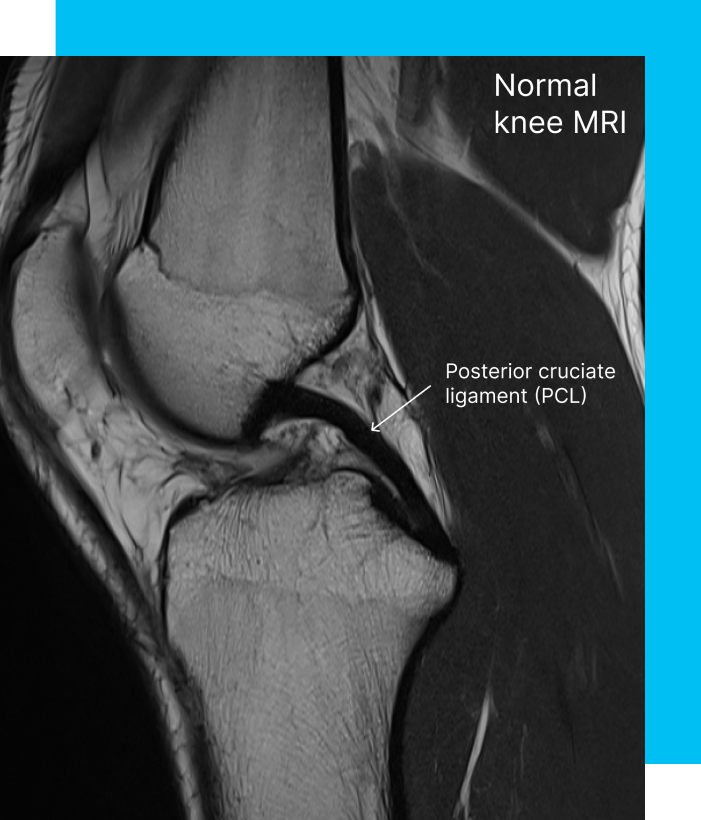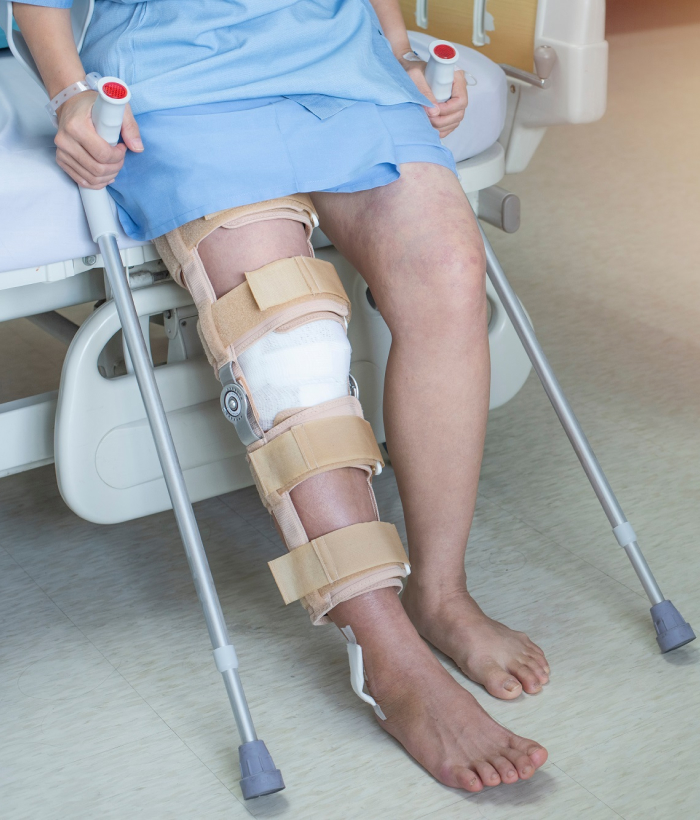Following the above-mentioned protocol, grade II tears are considered relative indications. The decision on whether surgery is the best option takes into account the patient's pre-injury lifestyle, their specific demands, and the diagnosis. Conversely, grades III & IV tears typically benefit the most from arthroscopic surgical intervention in a majority of cases.
We engage in thorough discussions with you to assess the surgery's potential benefits in alignment with your pre-injury lifestyle. Our ONLY objective is to restore your pre-injury lifestyle, free from pain and injury. If surgery is identified as the optimal path to achieve this goal, we will openly discuss it with you and proceed based on your priorities and requirements. On the other hand, if there is a significant likelihood of attaining these objectives through non-operative means, our surgeons will prioritise this as the initial choice.


